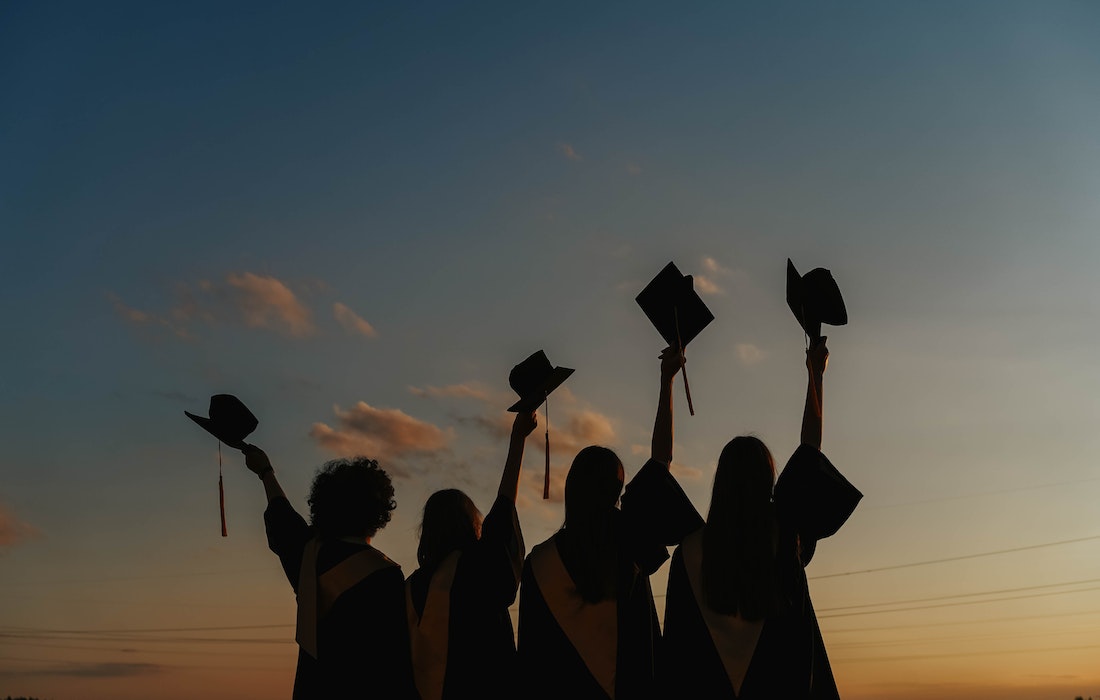Parental involvement in education plays a crucial role in shaping a child’s academic journey and overall development. It refers to the active participation of parents in their child’s learning process, supporting and encouraging them in various educational endeavors.
Secondary education, often confused with high school, refers to the educational level between primary and higher education. It encompasses middle and high schools, serving as a bridge to higher education or vocational training.
Understanding the differences between secondary and high school is essential for parents to support their children effectively. By knowing the distinctions and purposes of these educational stages, parents can actively engage with their child’s learning journey and make informed decisions to foster their academic growth and well-being.
Understanding Secondary School Education
Secondary school education is the educational level between primary and higher education, usually serving students aged 12 to 18. It typically comprises two distinct stages: lower and upper secondary, each lasting around three years. Lower secondary students receive a broad education in various subjects, including mathematics, science, languages, and social sciences. Upper secondary school offers more specialized courses, enabling students to focus on specific subjects of interest or career paths.
The curriculum varies by country, but common subjects include English, mathematics, sciences, history, and foreign languages. This stage aims to prepare students for higher education or vocational training, equipping them with essential skills and knowledge for future endeavors.
Secondary School Systems Around the World

Secondary school systems worldwide exhibit significant variations, reflecting diverse educational approaches and cultural norms. In the UK, students undergo General Certificate of Secondary Education (GCSE) examinations before advancing to A-levels. In Canada, provinces like Ontario offer four-year high school programs leading to diplomas. Australia features a comprehensive curriculum, including core subjects and elective choices. India’s secondary education involves the Central Board of Secondary Education (CBSE) and the Indian Certificate of Secondary Education (ICSE) board, each with distinct curricula. Differences in grading, emphasis on standardized tests, and availability of vocational training further illustrate the unique characteristics of secondary school systems across the globe.
Comparison between Secondary School and High School
Secondary school and high school share similarities, as both cater to students in the same age group. However, they differ in structure and nomenclature across countries.
In some regions, “secondary school” encompasses both middle and high school, while in others, “high school” refers to the last stage of secondary education. Grading systems and evaluation methods can vary; some use letter grades, while others employ numeric scales.
Extracurricular activities play a vital role in both settings, fostering personal growth and teamwork. Student life in secondary school might emphasize foundational learning, while high school may focus on specialization and college preparation, reflecting distinctions in educational goals.
Academic and Career Focus
Secondary schools have a dual focus on academic excellence and career preparation. They offer specialized programs or tracks tailored to students’ interests and aptitudes, such as Science, Technology, Engineering, Math (STEM), arts, business, or vocational pathways. These programs equip students with practical skills and knowledge, shaping their career aspirations early on.
Studies indicate that secondary education significantly impacts future career opportunities, with higher educational attainment correlating to increased earning potential and career prospects. Graduates from specialized programs often find better alignment between their education and chosen career paths, leading to enhanced job satisfaction and success in the workforce. Such academic and career-focused initiatives empower students to pursue fulfilling and prosperous futures.
Preparing for Higher Education

Secondary schools are pivotal in preparing students for higher education, laying the foundation for successful college or university experiences. Alongside a rigorous academic curriculum, they offer guidance on standardized tests like SAT, ACT, or other regional exams, which are essential for college applications.
Counselors assist with college selection, application essays, and interviews, ensuring students present their best selves to admission committees. Extracurricular activities, leadership roles, and community involvement in secondary school also influence college admissions, showcasing applicants’ unique qualities and potential contributions. Through comprehensive support and opportunities, secondary schools empower students to excel academically and personally, fostering a smooth transition into higher education.
Challenges and Opportunities in Secondary School
In secondary school, students encounter challenges such as academic pressure, social adjustments, and identity exploration. However, schools offer support services, including counseling, tutoring, and mentorship programs, to address these issues.
Resources like libraries, technology, and extracurricular activities create opportunities for holistic growth. Initiatives like personalized learning, project-based curricula, and inclusive education aim to improve the quality of secondary school education. Vocational training programs and industry partnerships equip students with practical skills and career readiness. Additionally, efforts to enhance teacher professional development and incorporate modern teaching methodologies foster a conducive learning environment, empowering students to overcome challenges and seize opportunities for a successful academic journey.
Success Stories and Case Studies

Success stories and case studies abound, showcasing famous individuals who thrived after secondary school education. Entrepreneurs like Elon Musk and Mark Zuckerberg achieved remarkable success, as did Nobel laureates and accomplished professionals across diverse fields.
News often highlights successful secondary school programs or reforms, such as innovative teaching methods leading to improved student outcomes. Notable examples include project-based learning initiatives, mentorship programs, and inclusive education efforts, which have transformed schools and positively impacted student achievements. These inspiring tales and educational advancements remind us of secondary education’s immense potential and transformative power in shaping promising futures.
Secondary school education plays a critical role in shaping students’ academic and professional journeys. Through specialized programs, extracurricular activities, and tailored support, it prepares them for higher education and future career opportunities. Understanding the importance of secondary education and its potential impact on individual success underscores the need for continuous improvement and investment in innovative approaches, ensuring that every student can unlock their full potential and thrive in the ever-changing world ahead.
















